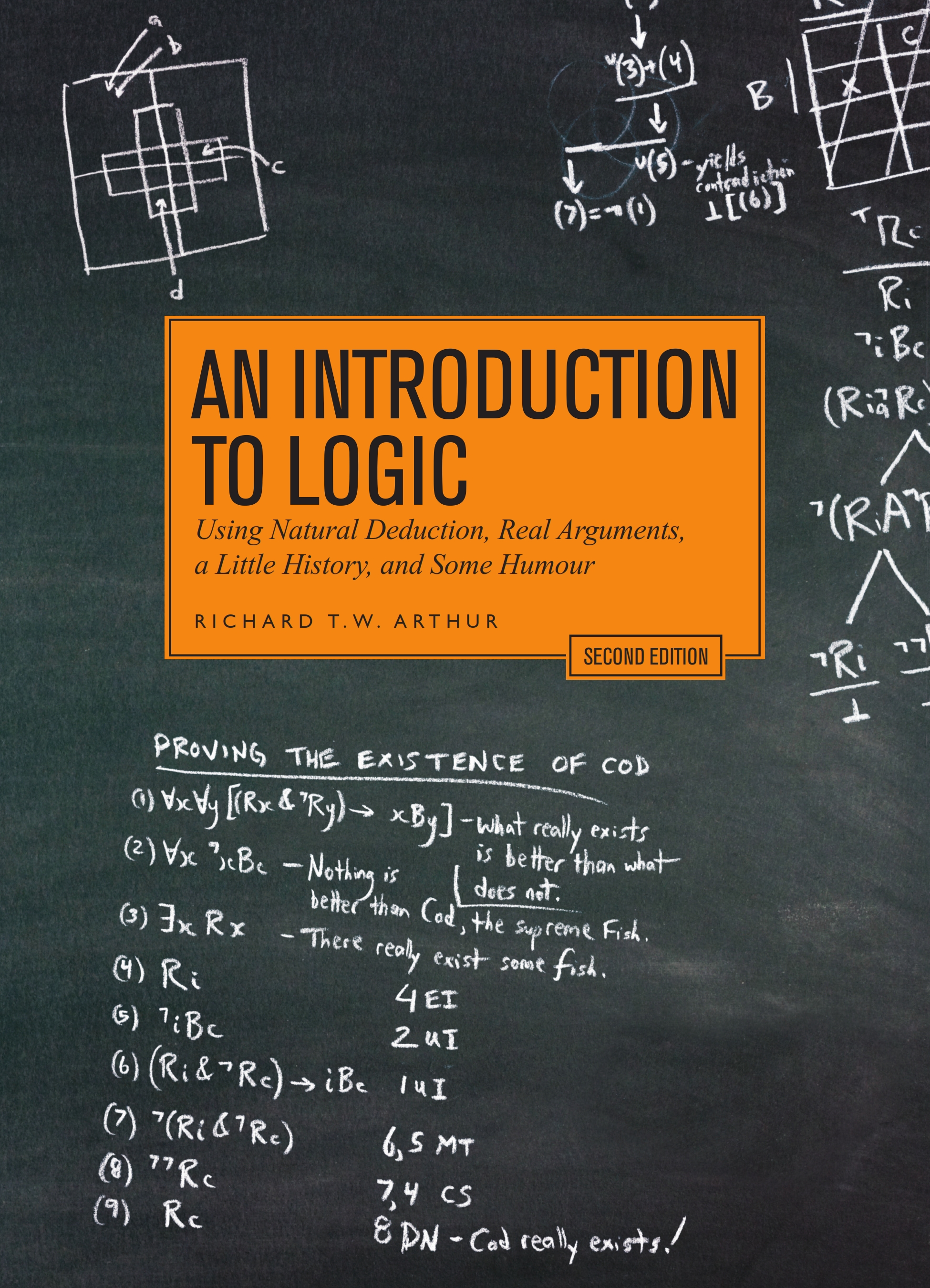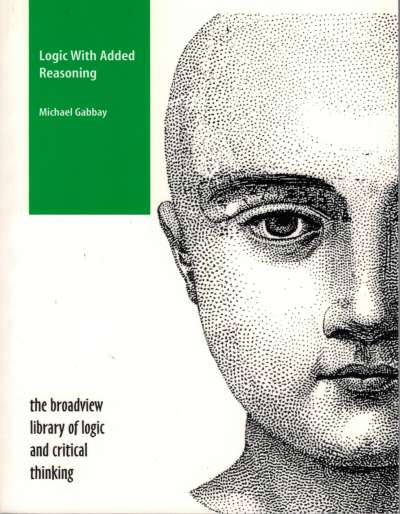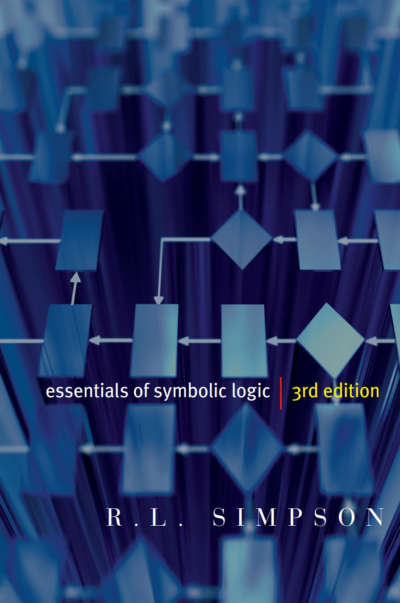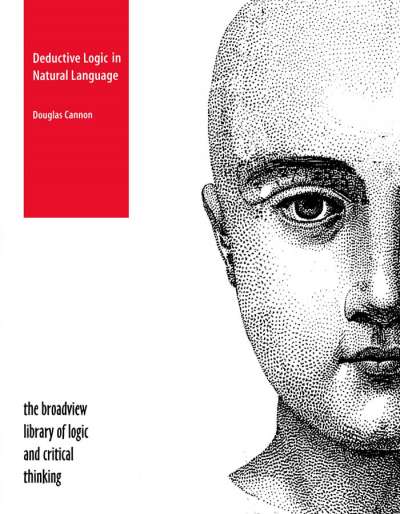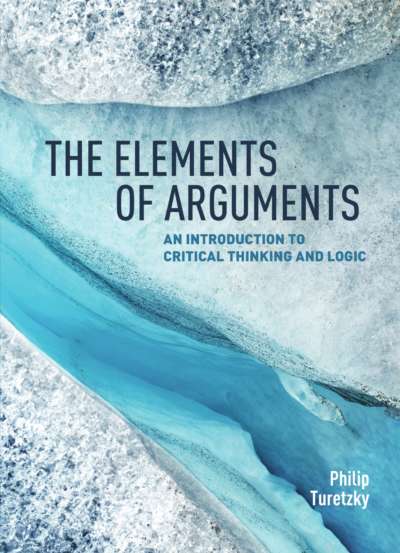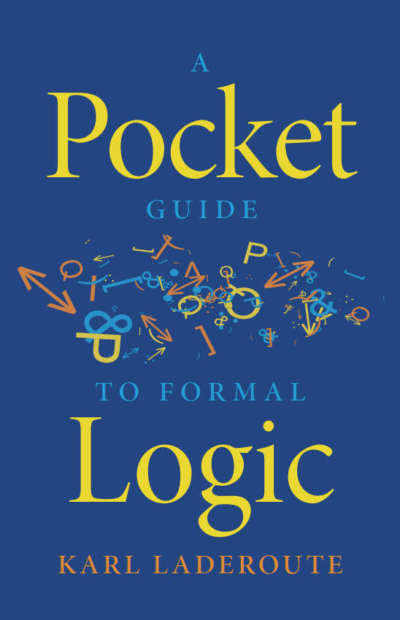In lively and readable prose, Arthur presents a new approach to the study of logic, one that seeks to integrate methods of argument analysis developed in modern “informal logic” with natural deduction techniques. The dry bones of logic are given flesh by unusual attention to the history of the subject, from Pythagoras, the Stoics, and Indian Buddhist logic, through Lewis Carroll, Venn, and Boole, to Russell, Frege, and Monty Python.
A previous edition of this book appeared under the title Natural Deduction. This new edition adds clarifications of the notions of explanation, validity and formal validity, a more detailed discussion of derivation strategies, and another rule of inference, Reiteration.
Comments
“Richard Arthur’s book offers a fresh new perspective on the pedagogy of introductory logic instruction and its underlying philosophy. Its approach makes informal logic and critical thinking mesh smoothly and intuitively with formal logic, thus clarifying the relevance of formal logic to the assessment of natural argument. My experience of teaching from the first edition was very positive; the book genuinely makes a majority of students build an appetite for logic. With its many conceptual, technical, and pedagogical improvements, the second edition should prove to be a sound choice as an introductory logic text.” — Nicolas Fillion, Simon Fraser University
Praise for the first edition:
“This excellent text covers all the standard topics and more. Its real strength lies in the clarity and humour of exposition and in the richness of examples and exercises. The illustrations are invariably interesting, since often they are related to current events or the history of philosophy and science or are drawn from Monty Python. The last of these provides several memorable fallacies. Arthur’s … is one of the finest introductions to logic available today.” — James Robert Brown, University of Toronto

